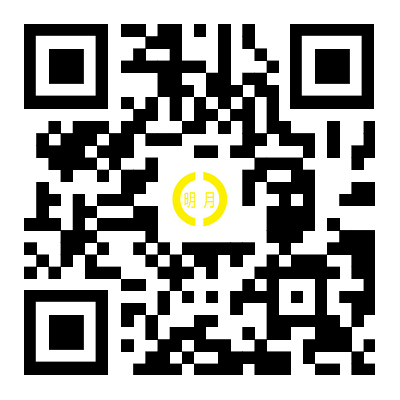
- English
- 简体中文
- Español
- Português
- русский
- Français
- 日本語
- Deutsch
- tiếng Việt
- Italiano
- Nederlands
- ภาษาไทย
- Polski
- 한국어
- Svenska
- magyar
- Malay
- বাংলা ভাষার
- Dansk
- Suomi
- हिन्दी
- Pilipino
- Türkçe
- Gaeilge
- العربية
- Indonesia
- Norsk
- تمل
- český
- ελληνικά
- український
- Javanese
- فارسی
- தமிழ்
- తెలుగు
- नेपाली
- Burmese
- български
- ລາວ
- Latine
- Қазақша
- Euskal
- Azərbaycan
- Slovenský jazyk
- Македонски
- Lietuvos
- Eesti Keel
- Română
- Slovenski
- मराठी
How Engine Bearings Are Made?
2025-04-18
Bearings are an important part of automobile generators. The manufacturer of engine bearings will tell you below. Engine bearing manufacturers share the following 9 steps:
1. Manufacture of bearing ring
After the bearing rings are turned to the correct thickness, the inner rings are put into the outer rings; they are then ground to the exact thickness by a grinder, and the thickness is checked by a gauge after completion.
2. Grinding of inner and outer rings
The machine then separates the inner and outer rings and grinds their outer surfaces with a different machine. The outer ring goes into a grinding machine, which grinds its surface to a precise circle with the exact diameter, and a water-soluble solution avoids overheating the bearing ring, which can warp. The bearing ring does not leave the grinding machine until after the measurement.
3. Grinding of the raceway of the inner ring and outer ring
Use a grinding stone machine with oily coolant to process the outer diameter of the bearing into precise roundness and size, and the inner ring and raceway are also completed by similar machines.
4. Polishing of bearing ring
Polish the bearing ring surface with a lubricated grinder stone until it is shiny.

5. Cleaning
Soak in oil in a stone grinder, then clean with kerosene.
6. Manufacturing of balls
The raw material for making balls is steel wire. The machine cuts the steel wire into sections, and then punches them into rough balls with a dying bed, and cuts off the protrusions on both sides with a grinder; another machine rounds and smooths them, and the whole process takes several days. After the balls are hardened in the furnace, they are cleaned with the cleaning agent. After the quality inspection, the finished balls are sent to the tank. The groove is placed on an automatic assembly machine, the ball feeder sends the balls through the hose to the pusher, the pusher pushes the correct number of balls into the raceway between the inner and outer rings, and the ball distributor arranges the balls evenly in the raceway.
7. Installation of the cage
Metal cages hold the balls in place on the raceways. The first machine installs half of the cages, which have slotted holes; the other machine then carefully installs the other half of the cages, which have notches. The machine rotates the bearing to test it, then fully connects the two cages, and the bearing is now installed.
8. Solution spray cleaning and quality testing
This vibration and noise detector checks whether the bearings can work quietly; some bearings require lubricating oil, and the machine applies the lubricating oil evenly on the raceway, and then covers the lubricating oil with a rubber ring. As a final quality test, an automated control tester is used to weed out bearings that do not meet weight requirements.
9. Laser marking
Acceptable parts are sent to a laser machine, which engraves information such as the model number and serial number on the bearing.
If you are interested in our products or have any questions, please feel free to email us.




